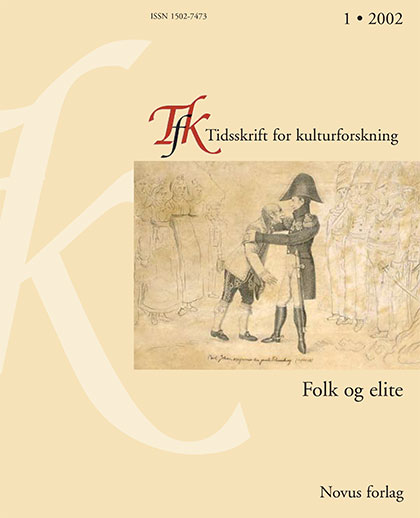Sammendrag
The 18th century was the age of Enlightenment. Through the many endeavours to enlighten a broader public in the later part of the century, the subject popular culture was brought up, as as this was the assumed recipient of these efforts. At the same time the people meant the primary producers implied in the economic and agronomist debate of the period which envisaged rural life as a healthy, strong and natural way of life. The people thus represented an object of education as well as a particular, desirable way of life. Through natural history, too - a science very popular in the period - popular culture as opposed to elite culture was constructed. On the one hand, the broader public was seen as essential for the evolution of natural science - in order to collect natural objects, pay for lectures, visit collections and gardens and as readers to the many books in natural history of the time. On the other hand, not every body could count as 'lovers of natural science' and would therefore become objects for a popularising literature, which constructed popular culture as composed by likely superstitious, but also possibly interested, reasonable and sensitive persons - though people of very special circumstances, needs, and wishes. Natural history, like other endeavours to enlighten, thus promoted a construction of the categories 'popular culture' and 'elite culture'.
Forfattere beholder opphavsretten og gir tidsskriftet rett til første publisering av arbeidet. En Creative Commons-lisens (CC BY-SA 4.0) gir samtidig andre rett til å dele arbeidet med henvisning til arbeidets forfatter og at det først ble publisert i dette tidsskriftet.

